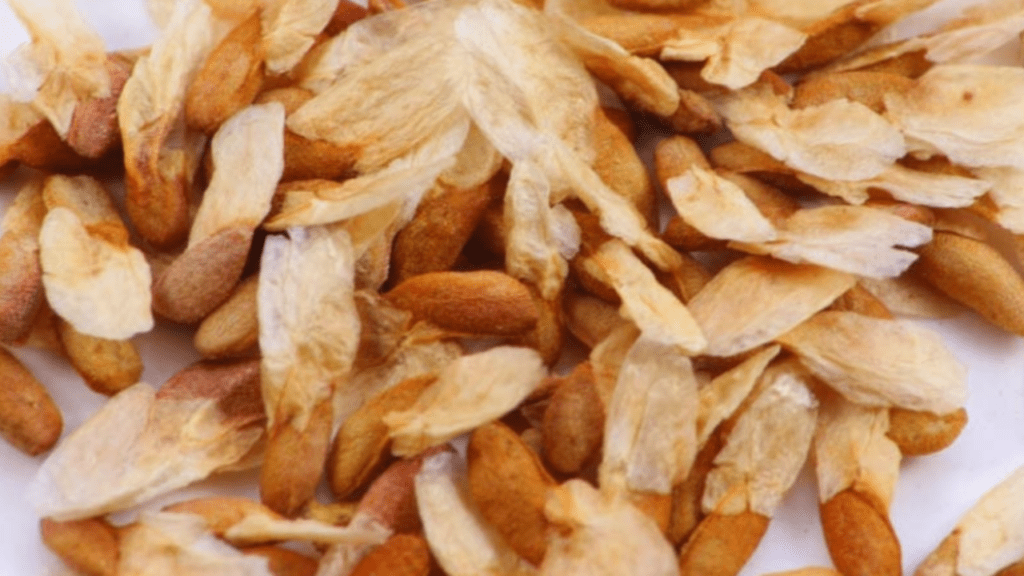
Khat Plant Seeds: How to Cultivate and Care for Your Plants
Growing your own khat plants can be a rewarding and fulfilling experience, but it requires careful attention and proper care. In this comprehensive guide, we will walk you through the process of cultivating and caring for khat plant seeds, from planting to harvesting and maintenance. Whether you are a beginner or an experienced gardener, this guide will provide you with the knowledge and tips you need to successfully grow and care for your khat plants.
Khat, also known as qat, is a flowering plant native to the horn of Africa and the Arabian Peninsula. It has a long history of cultural and social significance in these regions, where it is often chewed for its stimulating effects. In some cultures, khat is used in social gatherings and for its therapeutic properties. However, it is important to note that the use of khat has also been associated with various health risks and social issues.
When it comes to cultivating and caring for khat plants, it is important to start with the right seeds. Khat plant seeds can be obtained from reputable suppliers and should be planted in well-drained soil with adequate sunlight. The seeds should be watered regularly and provided with the proper nutrients to support healthy growth. It is also important to monitor the plants for signs of pests or diseases and take appropriate measures to address any issues that may arise.
As the khat plants mature, it is important to continue providing them with the proper care and attention. Regular pruning and maintenance will help ensure the health and vitality of the plants, and proper harvesting techniques will allow you to enjoy the benefits of your efforts. By following the guidelines and tips for cultivating and caring for khat plants, you can experience the satisfaction of growing your own khat and appreciate the cultural and historical significance of this unique plant.
Table of Contents
ToggleUnderstanding Khat Plant Seeds
Khat plant seeds are essential for cultivating and caring for khat plants. It’s important to start with the right seeds, which can be obtained from reputable suppliers. When planting khat seeds, make sure to use well-drained soil and provide adequate sunlight. Regular watering and proper nutrients are also essential for healthy plant growth. Monitoring the plants for pests and diseases is crucial, and taking appropriate measures to address any issues that may arise is important. As the khat plants mature, continuing to provide them with proper care and attention, including regular pruning and maintenance, will help ensure their health and vitality. Proper harvesting techniques will also allow you to enjoy the benefits of your efforts. By following these guidelines for cultivating and caring for khat plants, you can experience the satisfaction of growing your own khat and appreciate the cultural and historical significance of this unique plant.
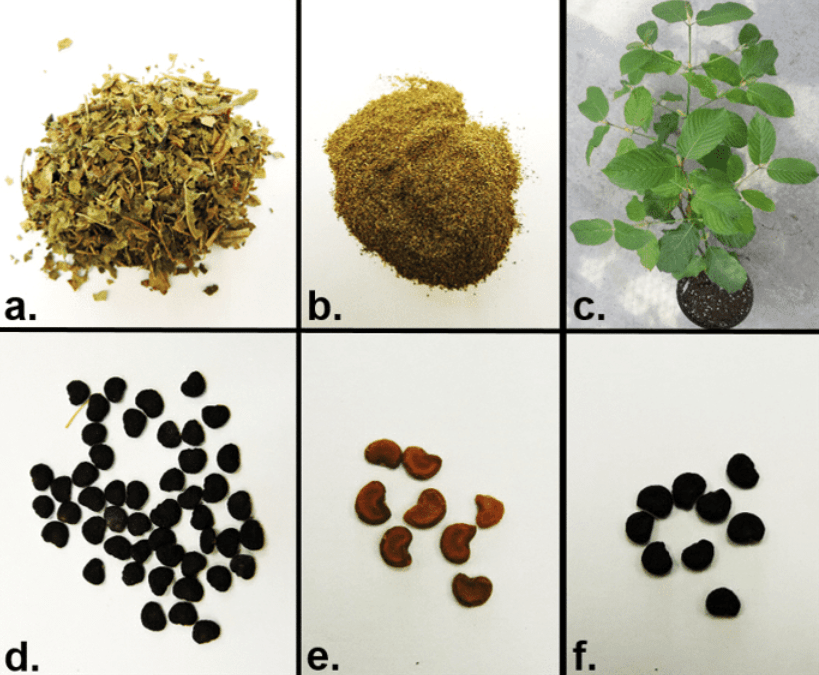
What are khat plant seeds?
Khat plant seeds are the seeds of the Catha edulis plant, which is native to East Africa and the Arabian Peninsula. These seeds are used to grow khat plants, which have cultural and historical significance in many regions. The seeds can be obtained from reputable suppliers and should be planted in well-drained soil with adequate sunlight. They require regular watering and nutrients to support healthy growth. It is also important to monitor the plants for pests or diseases and take appropriate measures to address any issues that may arise. With proper care and attention, the khat plants can be grown and harvested for their stimulating effects. However, it is important to be aware of the potential health risks and social issues associated with the use of khat.
Varieties of khat seeds.
There are several varieties of khat seeds that can be used to grow khat plants. Each variety may have different growing requirements and produce slightly different effects when consumed. Some popular varieties include Ethiopian, Kenyan, and Yemeni khat seeds. It’s important to do research and choose the right variety of khat seeds based on your growing conditions and intended use. Some varieties may be better suited for indoor cultivation, while others may thrive in outdoor environments. Additionally, consider the legal and cultural implications of growing and consuming khat in your region before choosing a variety of seeds to cultivate. Always ensure you are following local laws and regulations when growing and using khat.
Importance of selecting high-quality seeds.
When it comes to cultivating khat plants, selecting high-quality seeds is crucial for successful growth and harvest. High-quality seeds will ensure that your khat plants grow strong and healthy, producing the desired effects when consumed. It’s important to source your seeds from reputable suppliers to ensure their quality and authenticity. Look for seeds that are fresh, viable, and free from pests and diseases. Choosing high-quality seeds will give you the best chance of a successful khat cultivation, and ultimately, a bountiful harvest. Additionally, investing in high-quality seeds can contribute to the sustainability and preservation of khat plant varieties, ensuring their availability for future generations. Selecting the right seeds is the first step towards a successful khat cultivation, so take the time to research and choose the best seeds for your needs.
Preparing for Planting
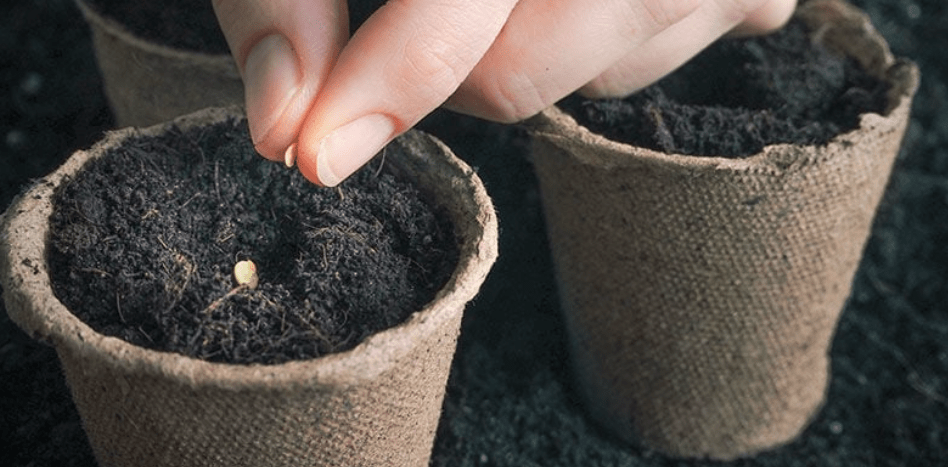
Choosing the right location for your khat plants.
When it comes to cultivating khat plants, it’s important to choose the right location for your plants. Khat plants thrive in warm, humid climates with well-draining soil and plenty of sunlight. When selecting a location, make sure to consider the local laws and regulations regarding khat cultivation. It’s important to ensure that you are following all legal requirements and obtaining any necessary permits.
In addition to choosing the right location, it’s also important to select high-quality seeds for your khat plants. High-quality seeds will ensure the successful growth and harvest of your khat plants. Look for fresh, viable seeds from reputable suppliers that are free from pests and diseases. Investing in high-quality seeds is crucial for a successful and bountiful khat cultivation.
When preparing for planting, make sure to provide your khat plants with the ideal growing conditions. This includes ensuring they have access to plenty of sunlight, well-draining soil, and regular watering. Proper care and attention to the growing conditions will help your khat plants thrive and produce the desired effects when consumed.
In conclusion, selecting the right location and high-quality seeds are essential steps in successful khat cultivation. By following local laws and regulations, and providing your khat plants with the ideal growing conditions, you can ensure a successful and sustainable khat cultivation.
Ideal soil conditions and preparation.
To ensure the successful growth and harvest of your khat plants, it is important to start with high-quality seeds. Look for fresh, viable seeds from reputable suppliers that are free from pests and diseases. Investing in high-quality seeds is crucial for a successful and bountiful khat cultivation. When preparing the soil for planting, it is important to provide the ideal growing conditions for your khat plants. This includes ensuring they have access to plenty of sunlight, well-draining soil, and regular watering. Proper care and attention to the growing conditions will help your khat plants thrive and produce the desired effects when consumed. It is also important to follow local laws and regulations related to khat cultivation to ensure compliance with legal requirements. By selecting the right location and providing your khat plants with the ideal growing conditions, you can ensure a successful and sustainable khat cultivation.
Importance of sunlight and temperature requirements.
Sunlight is crucial for the growth and development of plants, including khat. Khat plants require plenty of sunlight to thrive, so it is important to choose a location that receives full sun for most of the day. In addition to sunlight, khat plants also have specific temperature requirements. They thrive in warm, subtropical climates with temperatures between 75 to 85 degrees Fahrenheit. It is important to provide the right amount of sunlight and maintain the ideal temperature to ensure the healthy growth of your khat plants. Additionally, protecting the plants from extreme heat or cold is essential to prevent damage and promote optimal growth. By providing the necessary sunlight and maintaining the ideal temperature, you can help your khat plants reach their full potential and produce the desired effects when consumed.
Tools and materials needed for planting.
To successfully plant khat, you will need the right tools and materials. Some of the tools needed include a shovel or spade for digging holes, a watering can or hose for watering the plants, and a rake for preparing the soil. You will also need materials such as high-quality potting soil, organic fertilizer, and mulch to provide the necessary nutrients and moisture for the khat plants to grow. Additionally, having a pH testing kit can help you ensure that the soil is at the right acidity level for khat cultivation. It’s important to have all the necessary tools and materials ready before you start planting to ensure a smooth and successful process. By having the right tools and materials on hand, you can set your khat plants up for healthy growth and a bountiful harvest.
How to Plant Khat Seeds
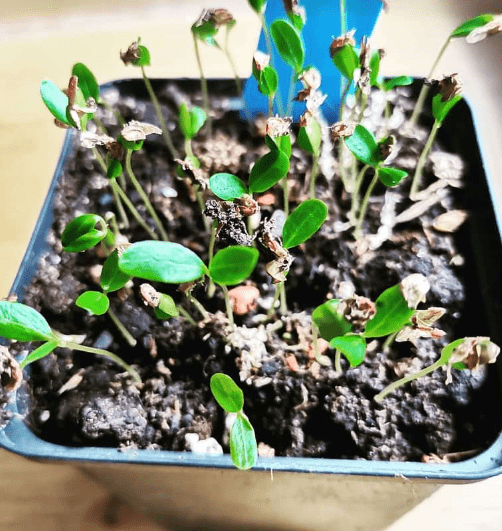
Step-by-step guide on planting khat seeds.
Planting khat seeds requires careful attention and proper technique to ensure successful growth. Before planting, it’s important to prepare the soil by loosening it with a shovel or spade and removing any debris. Once the soil is ready, make small holes about 1 inch deep and place the khat seeds in each hole. Cover the seeds with a thin layer of soil and gently pat it down to secure them in place. Water the newly planted seeds thoroughly and keep the soil consistently moist to promote germination.
After the seeds have sprouted, it’s important to provide the khat plants with the right amount of sunlight and temperature. Protecting the plants from extreme heat or cold is essential to prevent damage and promote optimal growth. By providing the necessary sunlight and maintaining the ideal temperature, you can help your khat plants reach their full potential and produce the desired effects when consumed.
To support healthy growth, it’s also important to fertilize the plants with organic fertilizer and mulch to retain moisture and provide essential nutrients. Regularly monitor the soil’s pH level to ensure it remains at the appropriate acidity level for khat cultivation.
By following these steps and providing the proper care, you can successfully plant and grow khat seeds to yield a bountiful harvest. Remember to be patient and attentive to the needs of the plants, and you will soon enjoy the benefits of your efforts.
Germination process: soaking seeds, planting depth, and spacing.
The germination process is a crucial step in successfully growing plants from seeds. To start, you should soak the seeds in water for a few hours or overnight to help soften the seed coat and promote germination. When planting the seeds, it’s important to consider the planting depth and spacing to ensure optimal growth. Plant the seeds at the recommended depth for the specific plant variety, and space them appropriately to allow for proper root development and access to sunlight. After planting, water the seeds thoroughly and keep the soil consistently moist to encourage germination. Once the seeds have sprouted, it’s important to provide the right amount of sunlight and maintain the ideal temperature for the plants to thrive. Additionally, using organic fertilizer and mulch can help support healthy growth and provide essential nutrients for the plants. Monitoring the soil’s pH level is also important to ensure the proper acidity for germination and growth. By following these steps, you can successfully promote the germination process and support the healthy growth of your plants.
Starting seeds indoors versus direct sowing in the garden.
Both starting seeds indoors and direct sowing in the garden have their advantages and disadvantages. When starting seeds indoors, you have more control over the growing conditions and can get a head start on the growing season. This is especially helpful for plants that require a longer growing season or are susceptible to cold temperatures. However, starting seeds indoors requires space, proper lighting, and careful monitoring of the seedlings.
On the other hand, direct sowing in the garden can be simpler and more natural, as it mimics the plant’s natural growing environment. It also eliminates the need to transplant seedlings, which can sometimes cause stress to the plants. However, direct sowing may require more attention to protect the seeds from pests and adverse weather conditions.
Ultimately, the choice between starting seeds indoors and direct sowing in the garden depends on the specific needs of the plant and your individual gardening preferences. It’s important to consider factors such as the plant’s growing requirements, your available space and resources, and your gardening experience. Whichever method you choose, proper care and attention to the seeds and seedlings are crucial for successful germination and healthy plant growth.
Caring for Khat Plants

Watering: How much and how often.
When it comes to watering khat plants, it’s important to find the right balance. Khat plants need regular watering, but they also don’t like to be waterlogged. It’s best to water them deeply but infrequently, allowing the soil to dry out slightly between watering. This helps prevent root rot and other water-related issues. The frequency of watering can depend on factors such as the climate, soil type, and the size of the plant. Generally, it’s a good idea to water khat plants every 7-10 days, adjusting as needed based on the conditions. It’s also important to water the base of the plant and avoid getting the leaves wet, as this can lead to disease. Observing the plant and the soil moisture level is key to determining the right watering schedule. Remember, it’s always better to underwater than overwater, as khat plants are tolerant of drought conditions.
Fertilization: Types of fertilizer and application schedules.
When it comes to fertilizing khat plants, there are a few options to consider. Organic fertilizers, such as compost or manure, are great for providing a slow release of nutrients to the plants. Chemical fertilizers, on the other hand, offer a more immediate nutrient boost and can be tailored to the specific needs of the plants. When applying fertilizer, it’s best to do so during the growing season, typically in the spring and summer months. Be sure to follow the instructions on the fertilizer package for the correct application rate and frequency. It’s important to avoid over-fertilizing, as this can lead to nutrient imbalances and potential harm to the plants. Monitoring the growth and health of the khat plants will help determine the appropriate fertilization schedule. Overall, providing the right type and amount of fertilizer at the proper times will help promote healthy growth and improve the overall well-being of the plants.
Pruning and supporting plants.
Pruning and supporting plants are important for maintaining the health and growth of your garden. Pruning helps to remove dead or overgrown branches, promote new growth, and improve the overall appearance of the plant. It also helps to prevent disease and pests from spreading throughout the plant. When pruning, be sure to use sharp, clean tools and to make clean cuts to avoid damaging the plant. Supporting plants, such as with stakes or trellises, helps to keep them upright and promotes better air circulation and sunlight exposure. This can help prevent the plant from becoming overcrowded and can improve overall plant health. Additionally, supporting plants can help prevent them from becoming damaged during heavy winds or rain. Overall, proper pruning and supporting techniques can help maintain the health and vitality of your plants, leading to a more bountiful and beautiful garden.
Common Problems and Solutions
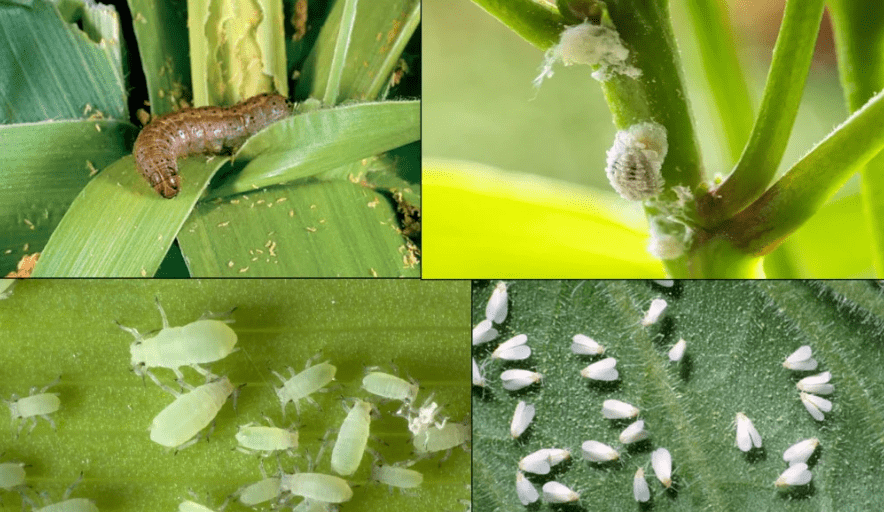
Pests that affect khat plants and how to deal with them.
Khat plants can be susceptible to a variety of pests, including aphids, spider mites, and caterpillars. These pests can damage the leaves and stems of the plant, affecting its growth and overall health. To deal with these pests, it is important to regularly inspect the plants for signs of infestation and take proactive measures to control them.
Using natural predators, such as ladybugs or lacewings, can help control aphid populations. Additionally, spraying the plants with a mixture of water and insecticidal soap can effectively manage aphids and spider mites. For caterpillars, handpicking them off the plant or using bacillus thuringiensis (BT) spray can help control their population.
It is also important to practice good garden hygiene by removing any plant debris and weeds that can harbor pests. In some cases, applying a layer of mulch around the base of the plants can help prevent pests from reaching the leaves and stems.
Overall, proactive monitoring and taking action as soon as pests are detected can help protect khat plants from infestations and ensure their healthy growth.
Diseases common to khat plants and prevention methods.
Khat plants are susceptible to a few common diseases, including powdery mildew, leaf spot, and root rot. To prevent these diseases, it is important to ensure proper air circulation around the plants by spacing them adequately and pruning any dense foliage. Additionally, avoiding overhead watering and instead using a drip irrigation system can help prevent the spread of powdery mildew and leaf spot. It is also important to regularly inspect the plants for any signs of disease and promptly remove any infected plant material to prevent the spread of the disease. Using fungicidal sprays can also help control and prevent the occurrence of these diseases. When it comes to root rot, it is important to avoid overwatering and ensure that the soil is well-draining. Using a well-balanced fertilizer can also help promote the overall health and disease resistance of khat plants. By implementing these prevention methods, you can help protect your khat plants from common diseases and ensure their healthy growth.
Harvesting Khat
When and how to harvest khat leaves.
Harvesting khat leaves should be done when the leaves are young and tender, typically around 3-4 times a year. It is best to harvest in the morning when the leaves have the highest concentration of active compounds. To harvest, simply pluck the young leaves from the khat plant, being careful not to damage the stems or branches. It is important to only harvest a portion of the leaves from each plant to allow for continued growth and health of the plant. After harvesting, the leaves can be dried in a well-ventilated area away from direct sunlight to preserve their potency. It is important to follow local regulations and guidelines for the cultivation and harvesting of khat, as it is a controlled substance in many countries. Always ensure that you are harvesting khat legally and responsibly.
Uses and Benefits of Khat
Traditional and modern uses of khat.
Khat, also known as qat, is a plant native to East Africa and the Arabian Peninsula, and it has been traditionally used for its stimulant effects. The fresh leaves of the khat plant are chewed to produce a mild stimulant effect, similar to the effects of caffeine. In traditional use, khat has been used for social and cultural purposes, often in social gatherings and ceremonies. The stimulant effects of khat can lead to increased energy, alertness, and a feeling of euphoria.
In modern times, khat has also been used for its stimulant properties, and it is often chewed by individuals seeking its energizing effects. In some cultures, khat is also used for its social and recreational purposes, similar to the traditional uses of the plant.
It is important to note that khat also has potential negative effects on health, including increased heart rate, high blood pressure, and potential addiction. In some countries, khat is considered a controlled substance and its use is regulated.
Overall, khat has both traditional and modern uses, and it is important to be aware of its potential benefits and risks when considering its use. It is important to use khat responsibly and in accordance with local regulations and guidelines.
Health benefits and potential risks of khat consumption
Khat has been traditionally used for social and cultural purposes, often in social gatherings and ceremonies. It is known for its stimulant effects, which can lead to increased energy, alertness, and a feeling of euphoria. In modern times, khat has also been used for its stimulant properties and is often chewed by individuals seeking its energizing effects. In some cultures, khat is also used for social and recreational purposes, similar to its traditional uses. However, it’s important to be aware of the potential negative effects on health, including increased heart rate, high blood pressure, and potential addiction. In some countries, khat is considered a controlled substance and its use is regulated. It’s important to consider both the potential benefits and risks of khat consumption and to use it responsibly in accordance with local regulations and guidelines.
In conclusion, cultivating and caring for khat plant seeds requires a lot of attention and effort. It’s important to ensure that the plants are well-watered and receive adequate sunlight. Additionally, regular maintenance and monitoring of the plants’ health is crucial for a successful cultivation. By following the steps outlined in this guide, you can ensure that your khat plants thrive and provide you with a successful cultivation experience.
Frequently asked questions And Answer
Khat plants require a warm, humid climate to thrive. Plant the seeds in well-draining soil and keep them watered regularly. They also need plenty of sunlight, so make sure they are in a sunny spot.
Khat plant seeds can take anywhere from 3 weeks to 3 months to germinate, so be patient and continue to provide the necessary care.
While khat plants prefer a warm outdoor climate, they can be grown indoors if you can provide the right conditions of warmth, humidity, and sunlight.
Khat plants are sensitive to frost and cold temperatures, so if you live in a colder climate, you may need to bring them indoors during the winter months. Also, be aware that khat plants are considered a controlled substance in some countries, so make sure to research the legalities in your area before cultivating them.
Khat plants benefit from regular fertilization during the growing season, using a balanced fertilizer. Be sure to follow the instructions on the fertilizer packaging for the best results.
Khat plants can be susceptible to pests such as aphids and spider mites, so be sure to regularly inspect your plants and treat any infestations promptly. Additionally, watch out for fungal diseases and make sure to provide good air circulation around your plants to prevent issues.
Yes, once your khat plants are mature, you can harvest the leaves and chew them for their stimulating effects. However, be aware of the legal and cultural implications of consuming khat in your area.
In addition to chewing the leaves for their stimulating effects, khat leaves can also be brewed into a tea or used in traditional medicine practices.
